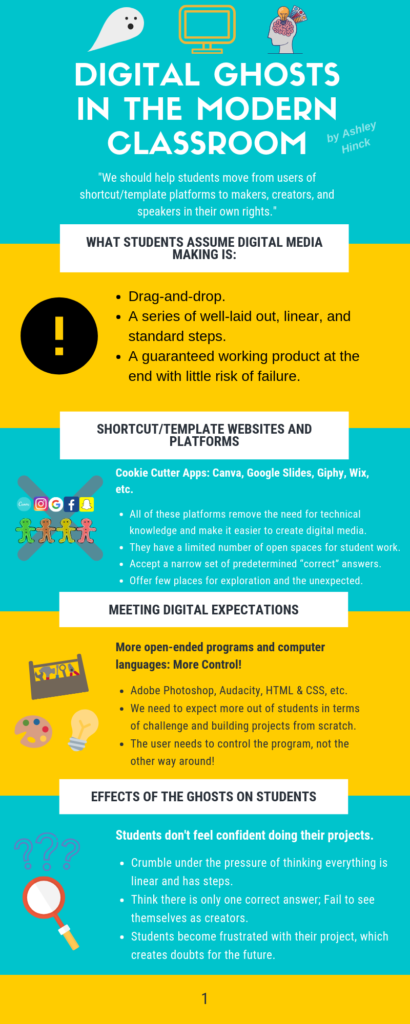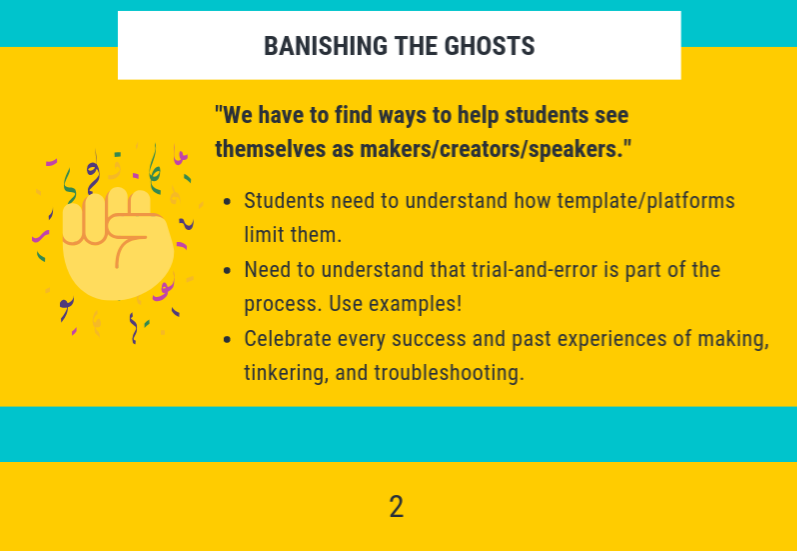I decided to read and explore the Collaborator Module from eCampus Ontario. This is a Twitter essay that I made that sums up the module in a visually and attention stimulating way. Essentially, this module aims to help you build a network of experts using some type of social media or tool– Twitter in particular is mentioned numerous times. I really enjoyed this module as it resonates with something that I practice currently, without ever having really given it much thought, or even a name at that. I generally use Youtube as a personal learning network to develop my knowledge on various topics that interest me. After having read this module, it has opened my eyes to even more ways that I could extend and connect through my learning network.
2. By the end of this thread, you'll be ready to share knowledge and collaborate with your peers within, across, and between disciplines. It's easy, just assess what you're doing right already, find new strategies, build and extend your connections online. #uwindig #ontarioextend pic.twitter.com/Y9rtjk3dQP
— Jordan Thrasher (@ThrasherHK) February 17, 2020
It is very important that people understand that just because there may not be many like minded people that surround them physically, there is a whole WORLD of people they can connect with online. These are people that think exactly like you or I do, #relatable. Personally, I have very deep philosophical thoughts that my brain STARVES to have or listen to conversations about, and unfortunately I haven’t met people that can hold those kind of conversations with me. Online communities, such as Youtube holds plenty of experts in this field. In addition to that, the comment section is filled with people that think the way I do, so it is great to see that. I’ve also noticed that not many people exercise the way I do, so a lot of my information comes from Youtube and Instagram. So the idea of a “virtual community” is very important when you are trying to build your knowledge about a topic.
This is one area I could improve in my collaboration strategy. I tend to watch and learn, rather than participate actively in the conversation. However, I tend to do that in real life as well. I would like to increase my knowledge and confidence before I go posting my own content and tough questions! This is something I can see myself pushing my limits in as I gain more experience in my fields of interest.
13. If you found this thread useful, consider retweeting me to help me, help others! Again, this Collaborator Module is brought to you by @eCampusOntario, make sure you let them know you found it useful as well. Good luck with your PLN, teacher! pic.twitter.com/s1LaCbbHrC
— Jordan Thrasher (@ThrasherHK) February 23, 2020
Overall, I thought the Collaborator Module was very insightful, especially in a time where social media and the internet allow us to access information so easily. This module is more than just how to collaborate well, but I think it teaches us how to use social media responsibly and professionally. Something as a teacher I could go on to teach my students about. Incidentally, I found the Twitter essay much harder than I thought it would be. With the word limit I had to plan out exactly what I wanted to say, what section I wanted to cover, and in how many tweets I could do it correctly. I enjoyed the world limit because it challenged me to get straight to the point on a lot of ideas. Furthermore, the gifs and images added the extra context and dry humour necessary to keep the reader’s attention. Overall, this was a valuable experience that is sure to make me a better teacher moving forward.


